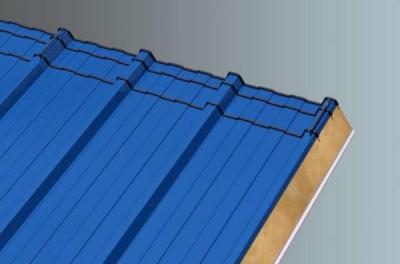What information needs to be provided for Part O?
Part O of the Building Regulations requires overheating mitigation for all new dwellings. Furthermore, details about the dwelling must be given to the owner of the building to allow them to use the overheating mitigation strategy effectively – but what information should be provided and when?
Approved Document O in England (2021 edition) and Wales (2022 edition) provides guidance on how new dwellings may comply with the functional requirements of Part O of the Building Regulations.
The aim of Part O is to protect the safety of occupants and their enjoyment of the dwelling, by making reasonable provision to limit unwanted solar gains in summer and provide an adequate means to remove heat from the indoor environment.
Approved Document O provides guidance on two methods that can be used to demonstrate compliance with the above, namely the:
- simplified method, and
- dynamic thermal modelling method.
There are differences between the simplified model approach in England and Wales – so care needs to be taken to ensure that the correct guidance is followed for the location and jurisdiction of the project.
Dynamic thermal modelling is a method of building modelling that predicts the internal conditions and energy demands of a building at short time intervals using weather data and building characteristics. For the purposes of Part O, dynamic thermal modelling needs to be undertaken in accordance with the CIBSE TM59 methodology.
Regardless of which method is selected by the designer to show compliance with Part O of the Building Regulations, details about the dwelling must be given to the owner of the building to allow them to use the compliant overheating mitigation strategy effectively in accordance with Regulation 40B of the Building Regulations 2010 (as amended).
Regulation 40B - Information about overheating
Regulation 40B requires the person carrying out the work must, not later than five days after the work has been completed, give sufficient information to the owner about the provisions made in accordance with Part O so that the systems can be operated in such a manner as to protect against overheating.
Sufficient information about the overheating mitigation strategy and its maintenance requirements must be given to owners so that it can be used effectively. The information should be provided in a clear manner, for a non-technical audience.
The following information should be provided, where relevant:
- The overall overheating mitigation strategy. Examples of possible strategies are given below
- Appropriately sized windows that do not let in too much direct sun, and therefore increase the internal temperature, but which open fully to allow cool air in
- Roller shutters with ventilation louvres
- The location of each element of the overheating mitigation strategy
- Instructions for the operation of each element of the overheating mitigation strategy
- The time of day that different parts of the strategy should be used. For example, the shutters should be used in the day and the windows opened only when it is cooler outside
- The time of year when the strategy should be used. For example, all summer from May to September or only in hot weather
- Manufacturer’s contact details
- The location of controls and instructions for setting of controls, e.g. timer controls
- The location of sensors and how to recalibrate them
- Cleaning and maintenance instructions
Home User Guide/Home Energy Guide
A Home User Guide (in England) or a Home Energy Guide (in Wales) should be provided for new dwellings as described in the relevant versions of Approved Document L Volume 1. The Home User Guide and Home Energy Guide should contain a section on ‘Staying cool in hot weather’, which provides non-technical advice on how to keep the dwelling cool in hot weather. The information required by Regulation 40B detailed above should be provided in this section of the Home User Guide and Home Energy Guide.
This is a technical area of the regulations and the information contained in this article is only an introductory guide to the subject matter, therefore competent persons should always be used to design and construct dwellings to ensure compliance with Part O of the Building Regulations.
Please Note: Every care was taken to ensure the information was correct at the time of publication. Any written guidance provided does not replace the user’s professional judgement. It is the responsibility of the dutyholder or person carrying out the work to ensure compliance with relevant building regulations or applicable technical standards.
Sign up to the building bulletin newsletter
Over 48,000 construction professionals have already signed up for the LABC Building Bulletin.
Join them and receive useful tips, practical technical information and industry news by email once every 6 weeks.
Subscribe to the Building Bulletin





Comments
For clarity, see
Submitted 1 year 1 month ago
Add new comment